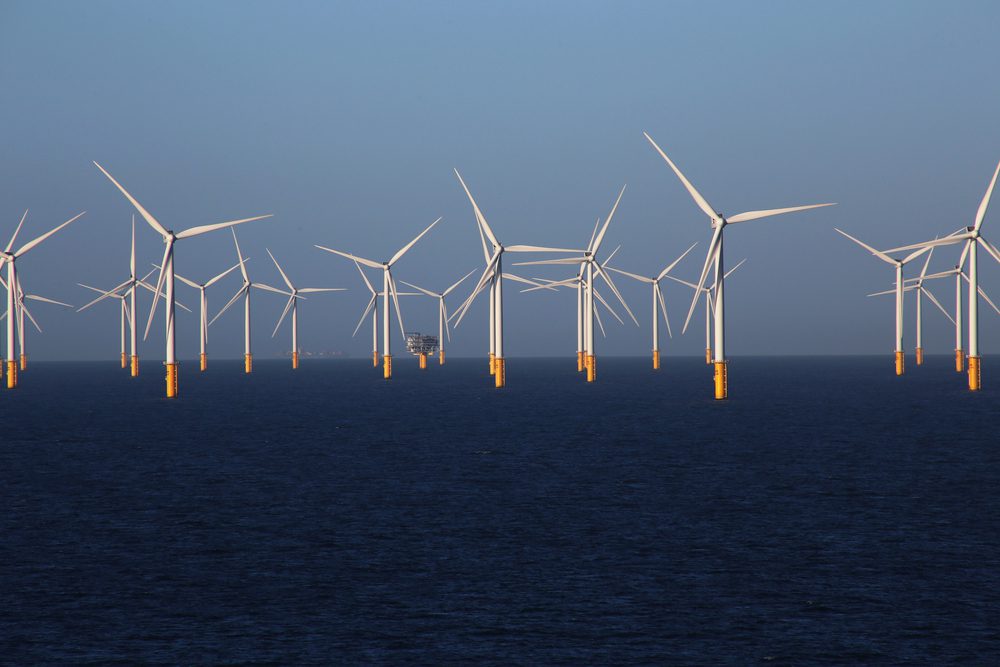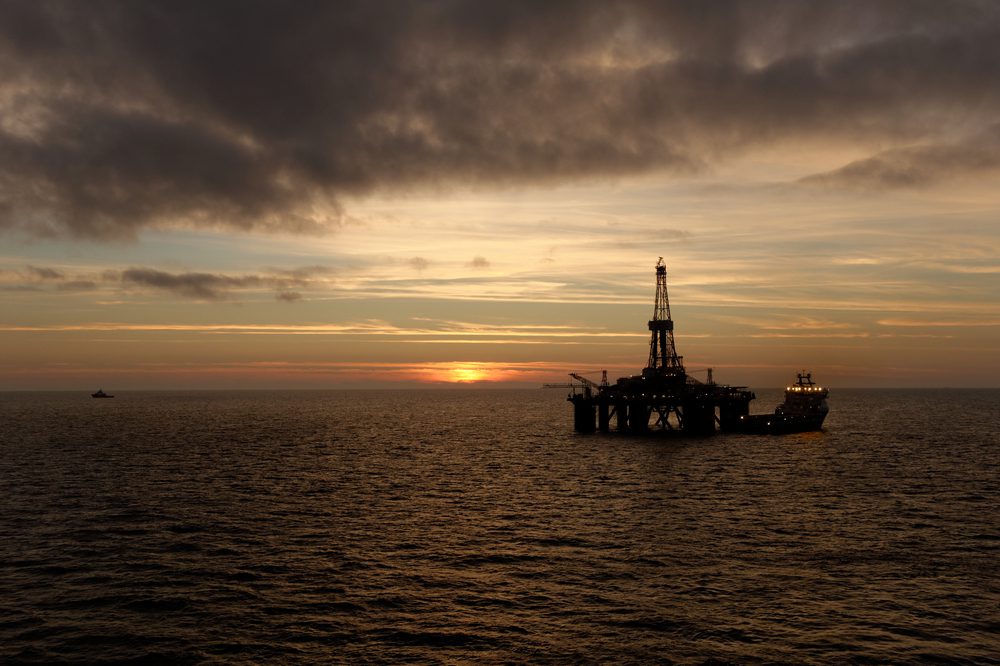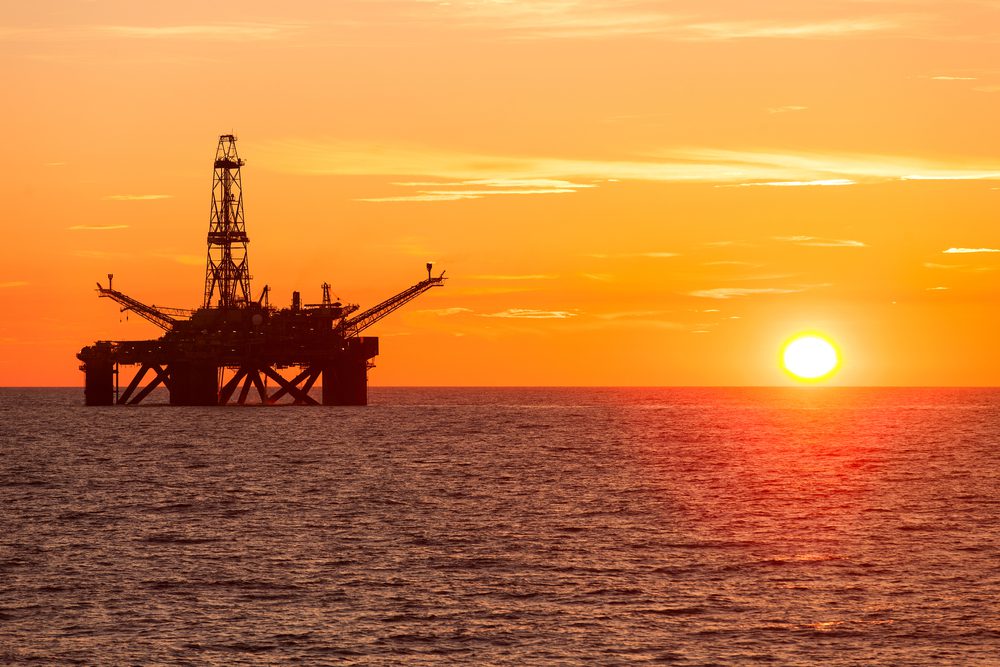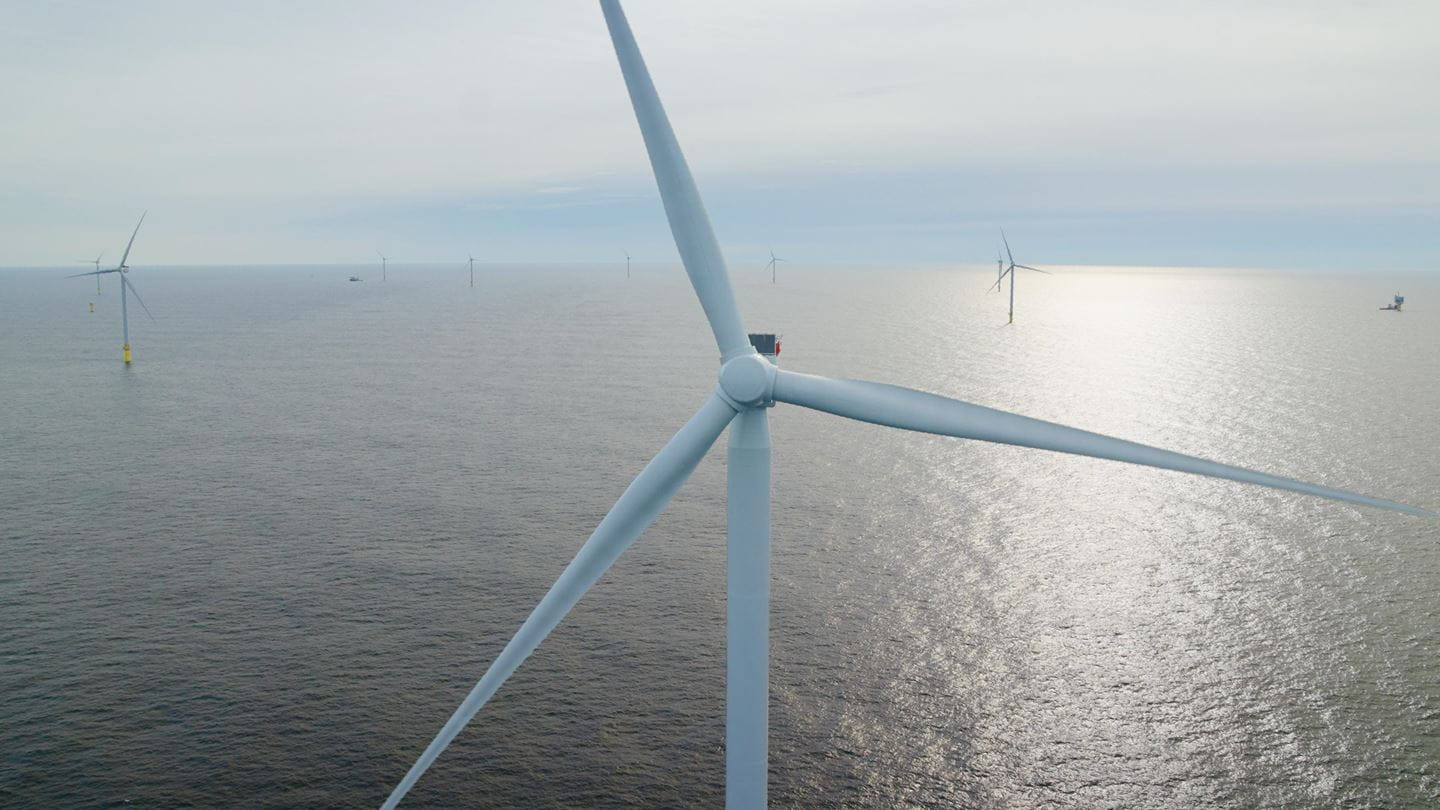Novocastrian Wind Pty Ltd has announced it will not proceed with the feasibility license offered by the Australian Government for its offshore wind farm project in the Hunter zone. The decision comes amid what the company describes as “broader global challenges affecting the offshore wind industry and developers, and project-specific factors.”
The company acknowledged the disappointment this decision would bring to stakeholders across the Hunter region and the broader energy sector.
“The Australian Government has taken important steps to advance the energy transition and establish a framework for offshore wind in Australia,” Novocastrian Wind stated in their joint statement. “These efforts have played an important role in progressing the offshore wind industry and projects like Novocastrian Wind.”
The project was established in early 2020 by Andy Evans and Peter Sgardelis, the founders of Oceanex Energy, along with their partner Green Tower. Equinor joined the project in late 2022, bringing its global experience to complement Oceanex’s local knowledge.
The Hunter region was selected for its strong offshore wind industry characteristics, including “a legacy of heavy industry and innovation, established infrastructure, regional supply chain potential, and high-quality wind resources.”
Despite rejecting the feasibility license, Oceanex Energy remains “committed to exploring options for offshore wind to support jobs, investment, energy supply and security, and prosperity for the Hunter and New South Wales.”
Equinor, one of the largest offshore wind developers globally with over 20 years of experience, maintains that “Australia continues to have a significant role to play in the global energy transition, with its world class wind resources, industrial capability, and the potential to develop a competitive offshore wind sector over time.”
The project had aimed to generate 2 gigawatts of offshore renewable energy using floating offshore wind turbines, potentially powering 1.2 million homes or meeting 10% of NSW’s annual electricity needs.
This development follows recent offshore wind industry challenges elsewhere, with Ørsted’s Revolution Wind project in the United States being ordered to halt construction despite being 80% complete.

 Join The Club
Join The Club











